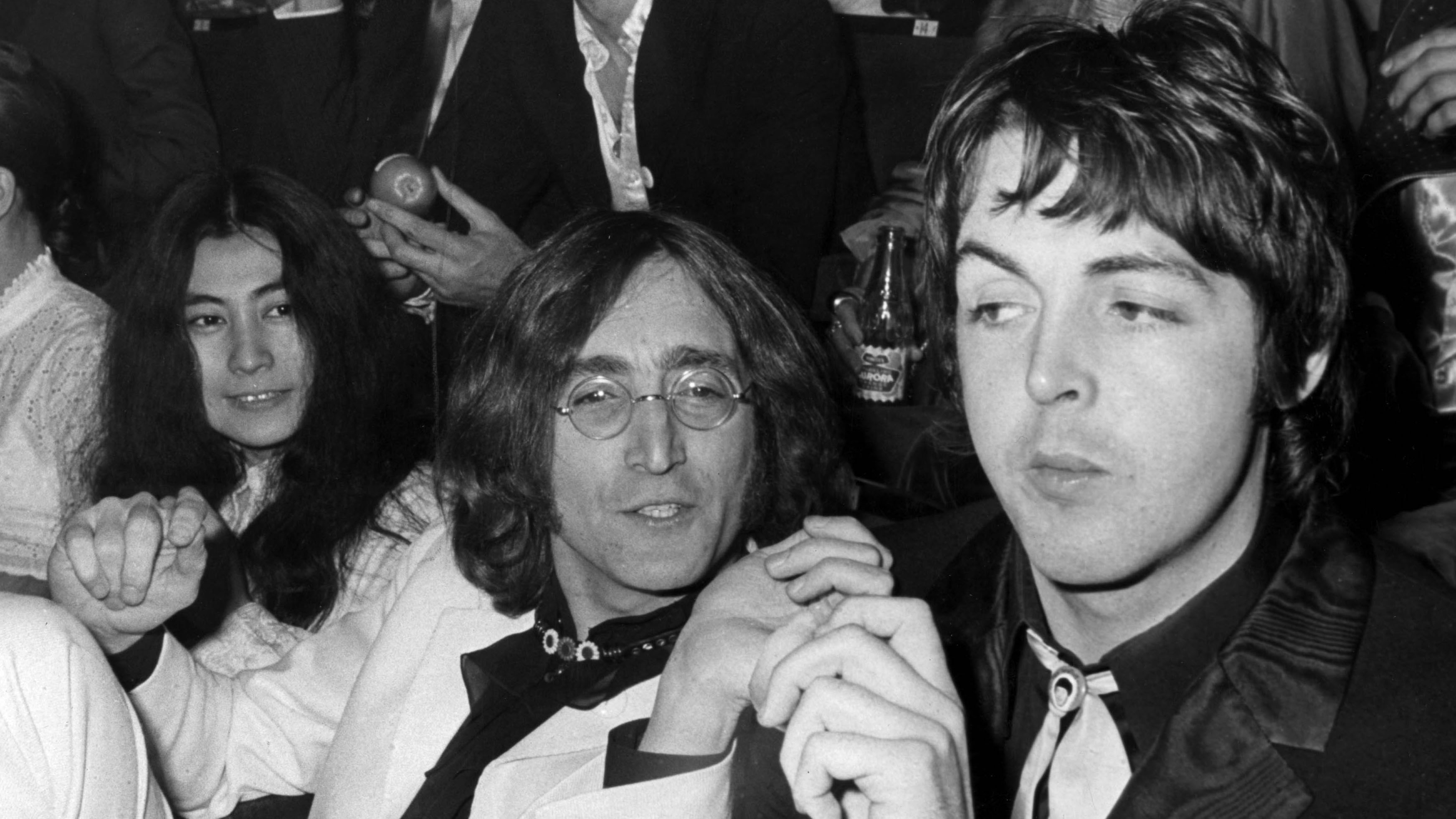
1. Change in Band Dynamics:
Before Yoko Ono became involved with John Lennon, the Beatles’ studio sessions were a very tight-knit, collaborative space. The group was used to making decisions together, often working on songs, experimenting with new sounds, and sharing ideas. However, as Lennon’s relationship with Yoko Ono deepened, she started accompanying him to the studio, which altered the group dynamics.
McCartney, along with the others, found it disruptive. McCartney later expressed that the studio was a place where the Beatles would work as a unit, and introducing an outsider like Yoko felt like a change in the balance of their relationship. The studio had always been a place where they could freely express themselves without external influence, and Yoko’s presence was seen as an intrusion into that space.
2. Perceived Influence on John Lennon:
One of the main issues that McCartney had with Yoko’s presence was her influence on John Lennon. McCartney felt that Lennon, who had always been a key collaborator and creative force in the band, was becoming more distant and more aligned with Yoko’s vision and ideas. McCartney believed that Yoko was too involved in the band’s affairs and was influencing Lennon to make decisions that were not in the band’s best interest.
In particular, McCartney was concerned that Yoko was pushing Lennon towards a more avant-garde, experimental approach that was at odds with the more commercially successful pop-rock style The Beatles had cultivated. He felt that Lennon, who had once been more collaborative and willing to compromise, was now becoming more unapproachable and single-minded under Yoko’s influence.
3. Yoko’s Unconventional Behavior:
Yoko Ono’s behavior in the studio also raised eyebrows among the other Beatles. She was often outspoken, making her own suggestions for the music or the direction of songs. McCartney and the rest of the band were not used to this and were often frustrated by her presence. For example, in recording sessions for The White Album and Let It Be, Yoko would sometimes sit quietly in the corner or even give suggestions on the music. McCartney didn’t appreciate that kind of intrusion, feeling that it disrupted the creative process.
4. The Beatles’ Internal Tensions:
By the time Yoko Ono began spending more time at Beatles’ sessions, the band was already experiencing growing tensions, primarily due to the strain of their individual interests and the changing nature of their music. McCartney’s frustration with Yoko’s presence in the studio was just one part of the larger picture. The Beatles were becoming more divided, with each member, particularly McCartney and Lennon, exploring different creative paths. McCartney was still very much committed to The Beatles as a unit, while Lennon was increasingly focused on his personal life with Yoko, which further drove a wedge between him and the rest of the band.
5. McCartney’s Personal Dislike:
On a more personal level, McCartney simply didn’t get along with Yoko Ono. McCartney’s personality was quite different from hers, and he was uncomfortable with her avant-garde style, which was a significant departure from the music that The Beatles had made together. While Lennon and Yoko shared a love for experimental art and nontraditional music, McCartney felt that The Beatles should maintain a more traditional approach to their music, which clashed with the avant-garde nature of Yoko’s influence.
6. The Beatles’ Increasing Isolation:
As Yoko became a constant presence in the studio, the Beatles found themselves increasingly isolated from one another. McCartney, in particular, started to feel alienated, as it seemed to him that the unity of the group was starting to unravel. The personal relationships within The Beatles, particularly between McCartney and Lennon, were growing strained, and Yoko’s presence only intensified this disconnect. McCartney, who was still passionate about The Beatles as a collaborative endeavor, felt that Yoko’s presence disrupted the unity and closeness the group had once shared.
Conclusion:
Paul McCartney’s reluctance to have Yoko Ono in the studio was rooted in a combination of concerns about the band’s dynamics, Lennon’s increasing isolation, and Yoko’s unconventional behavior. McCartney felt that the studio should remain a space where The Beatles could create music together without external influence. Yoko’s presence signified a shift in the group’s creative process and deepened the rift between McCartney and Lennon, contributing to the eventual breakup of The Beatles.